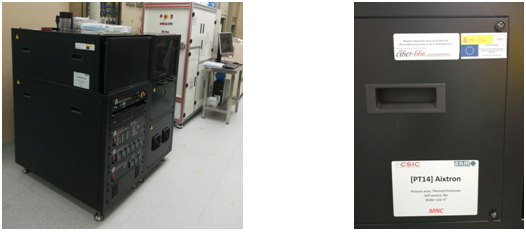U9-S02. Synthesis of nanoparticles by wet methods and microfluidic technology
Synthesis of nanoparticles by wet methods and microfluidic technology
This facility is able to draw on a wide range of nanoparticles fabrication techniques by wet chemical approaches including the use of co-precipitation techniques, light-assisted co-deposition methods, hydrothermal, solvothermal synthesis. It also entails the use of alternative microfluidic reactors to achieve a higher control and reproducibility of targeted nanoparticles.
Customer benefits
The customers will benefit from the expertise of researchers to synthesize a wide variety of nanomaterials and nanocomposites including polymeric, magnetic, plasmonic, core-shell, nanorods, nanostars, nanoalloys of noble metal, transition metal and inorganic oxides. Microfluidic technology can be also designed to optimize specific demands of continuous production or in situ encapsulation of cargoes of interest.
Target customer
Companies, nanoparticle suppliers and research groups can benefit from custom-designed delivery of an ample portfolio of nanoparticle designs that can be applied in biomedicine, sensing, toxicology, delivery, decontamination and energy applications.
Additional information
Selected References:
- M.C. Ortega-Liebana, J.L. Hueso, R. Arenal, J. Santamaria, Titania-coated gold nanorods with expanded photocatalytic response. Enzyme-like glucose oxidation under near-infrared-illumination, Nanoscale, 9 (2017) 1787-1792.
- B. Rubio-Ruiz, A.M. Perez-Lopez, L. Uson, M.C. Ortega-Liebana, T. Valero, M. Arruebo, J.L. Hueso, V. Sebastian, J. Santamaria, A. Unciti-Broceta, In Cellulo Bioorthogonal Catalysis by Encapsulated AuPd Nanoalloys: Overcoming Intracellular Deactivation, Nano Letters, 23 (2023) 804-811.
Related Research Projects:
CADENCE – Catalytic Dual-Function Devices Against Cancer
09/2017 – 08/2022. Funding Entity: European Union H2020 – Advanced Grant. PI: Jesus Santamaria









